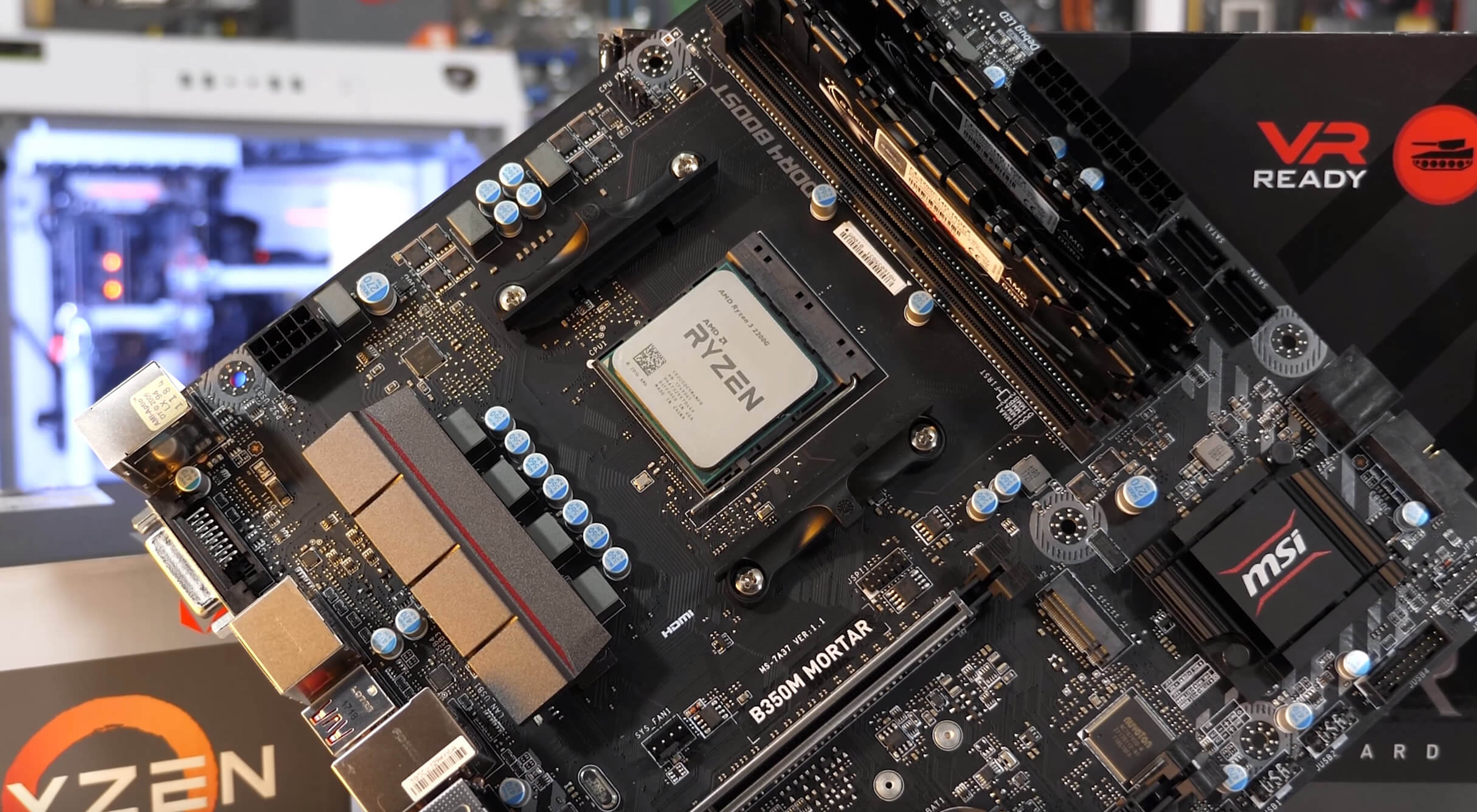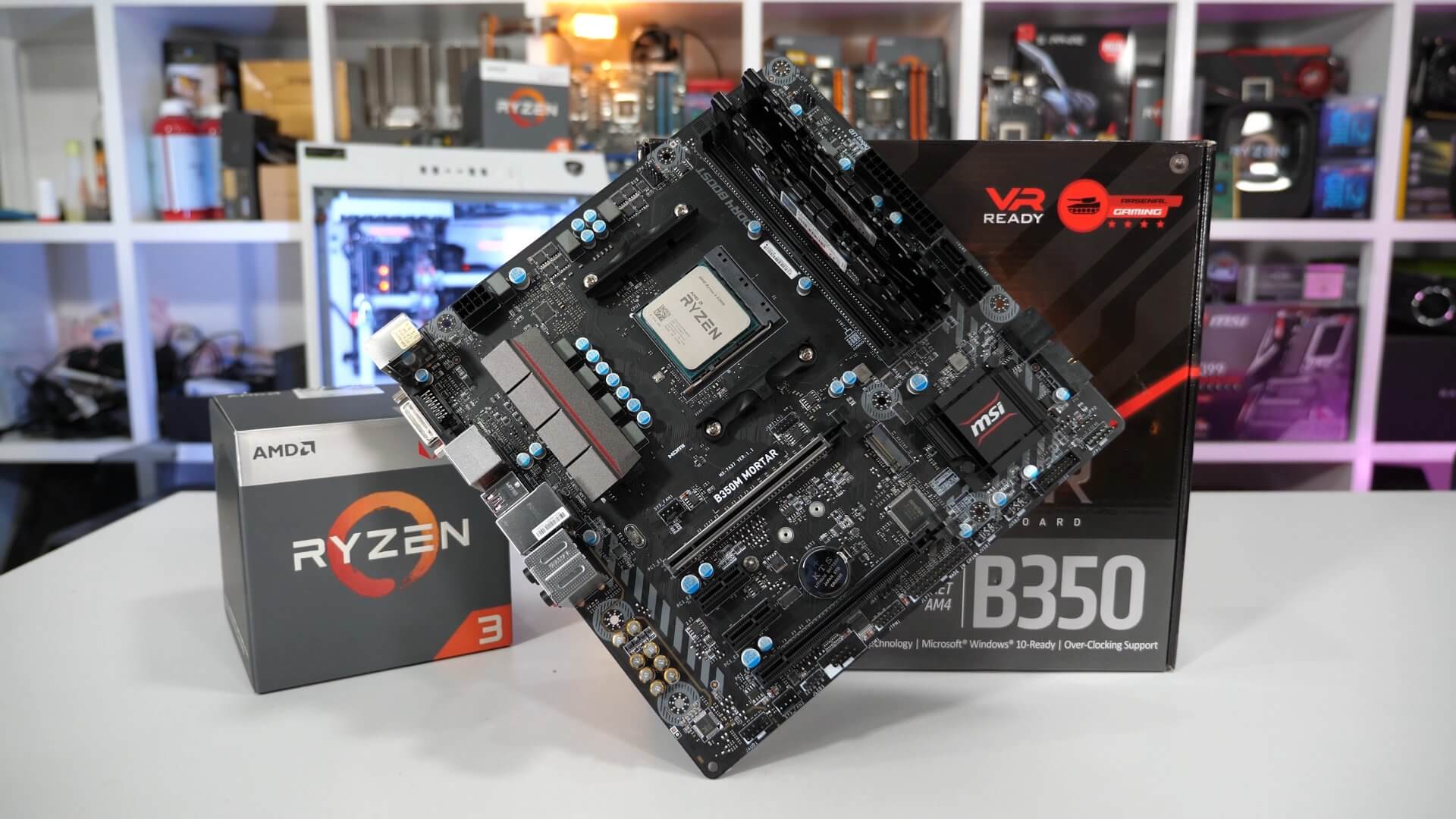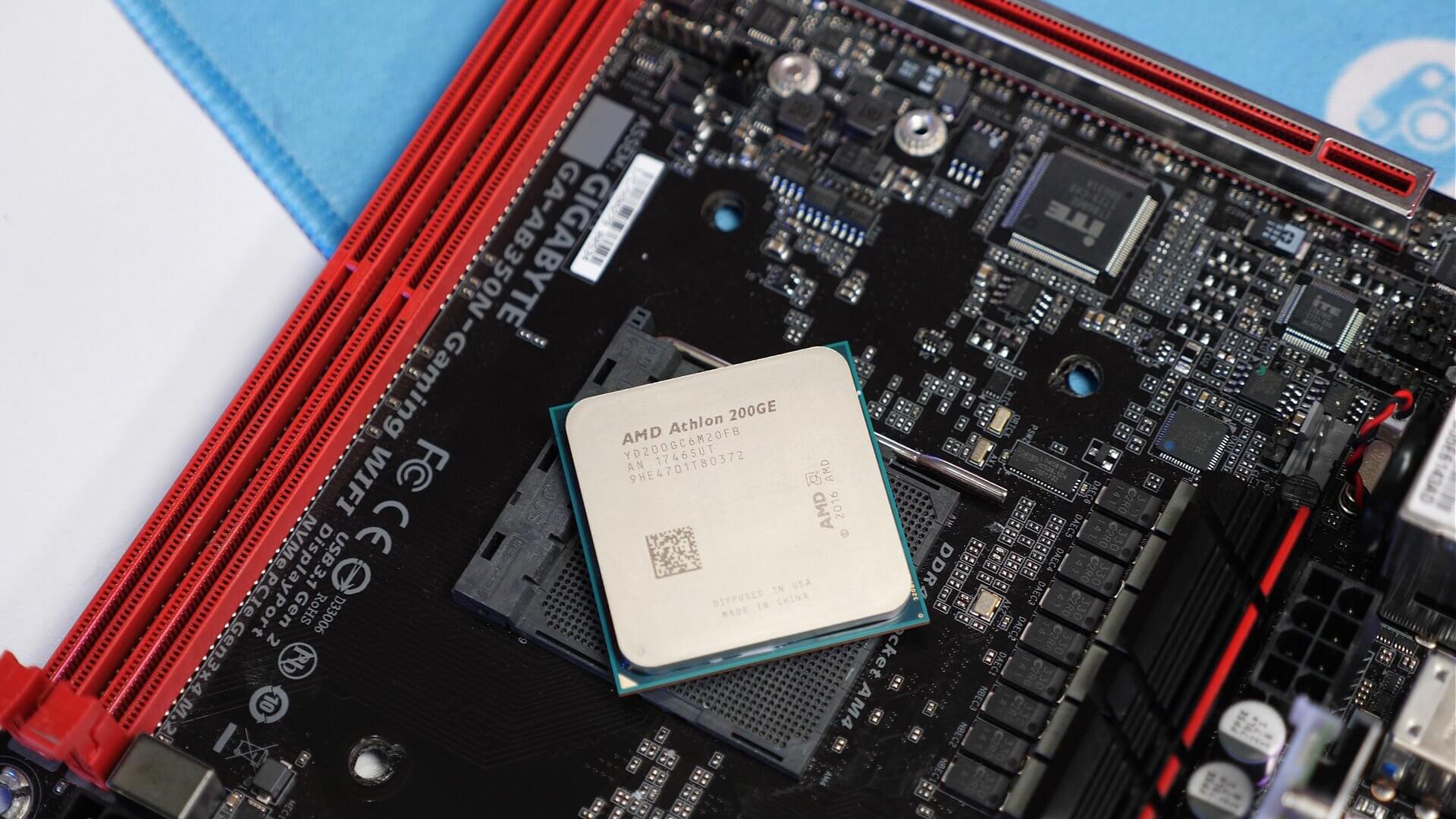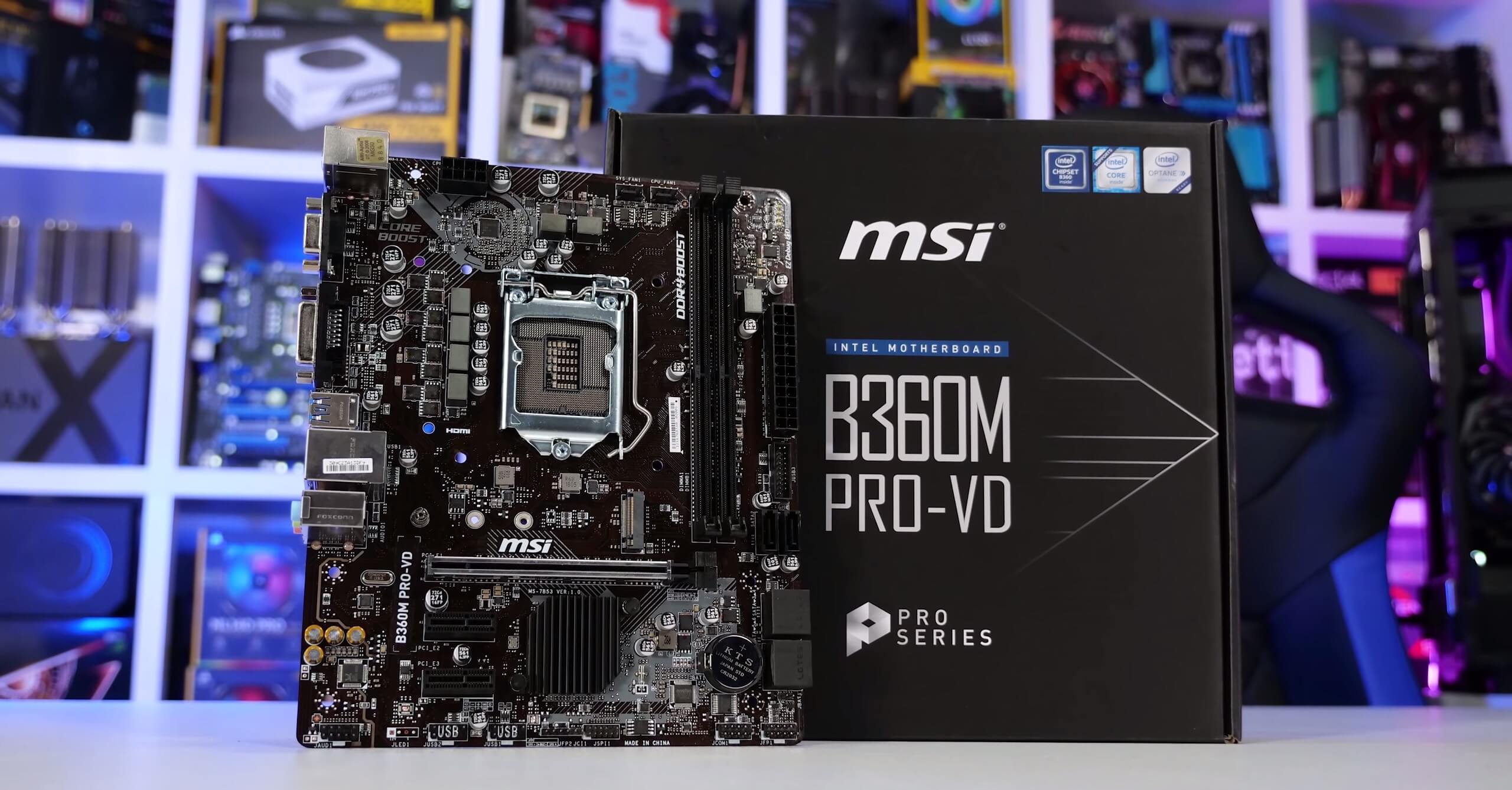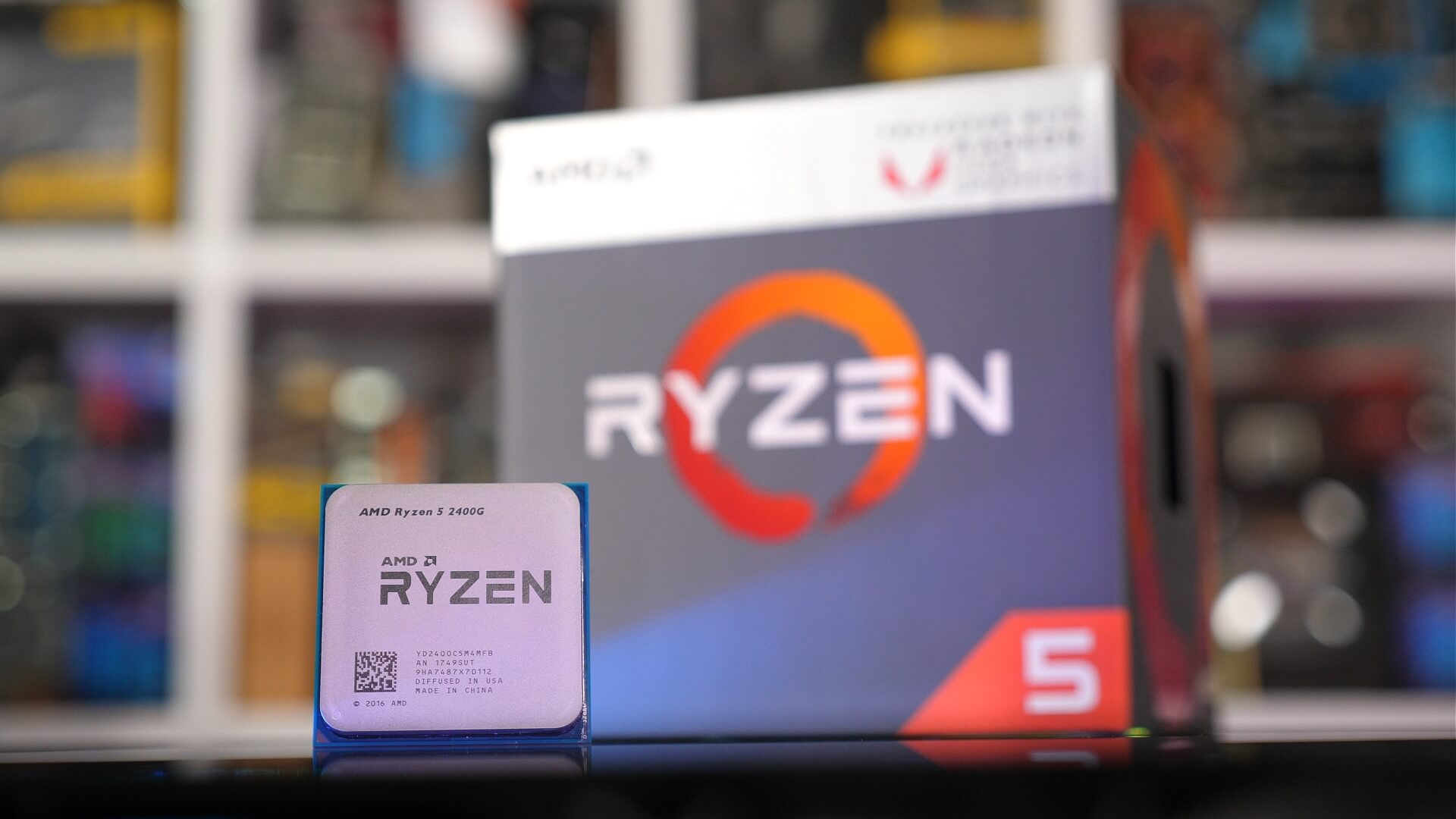Today we're discussing quad-core processors, namely how relevant they are in 2019. The last time we covered this specific topic was back in 2017, however since then the quad-core CPU discussion has become far less relevant for the simple fact there's no longer a top tier CPU that only features four cores.
The most expensive quad-core sold today is the Core i3-8350K and we wrote that thing off the day it was released. Currently selling for ~$200, you'd be bonkers to buy it at that price. Then from AMD we have the Ryzen 3 1300X which you can also ignore for the same reason, while the R3 1200 is more sensible at $90, we suggest PC builders on a budget look to the Ryzen 3 2200G at $95 which adds a decent integrated graphics solution.
Those shopping for a budget Intel CPU would be looking at the Core i3-8100, though at $120 the Ryzen 3 2200G is a far better value option
More to the point, this article means to explore if these budget quad-cores are worth buying for gamers, or are they dead on arrival. But what does dead even mean? To us it means new games either: a) refuse to load when attempting to run with a four core CPU, or b) run so poorly the games are not playable.
Thus far that first point hasn't yet happened, all games that we're aware of will execute and run on a quad-core processor. As for the second point, it's still quite rare to find a title that is unplayable on a quad-core, it might not be the best experience, but it's almost always very playable. You certainly wouldn't want to be paying mid-range or higher-end money for a 4-core CPU, but as an entry-level gaming option they're perfectly fine.
For this test, we're going to explore CPU scaling performance with AMD's Zen based processors. We've got a few games to go over and then we'd like to take a closer look at a few different configurations using Shadow of the Tomb Raider. Please note the GPU used for each test is labeled on the graph, as are the resolution and quality settings. The Ryzen processors were tested with DDR4-3200 CL14 memory, while the Athlon 200GE used DDR4-2400 CL14 memory.
Benchmarks
Starting with Rainbow Six Siege, we have the Ryzen 3 2200G representing 4-core/4-thread CPUs and we see a few interesting things here. At 1080p for those seeking big frame rates the quad-core is still very punchy in this title, allowing for 183 fps on average with over 129 fps at all times. A dual-core with SMT enabled also allowed for very playable performance.

Still whereas we saw the 2200G trailing the 2700X by a 28% margin at 1080p, that figure was reduced to just 13% at 1440p and then 9% at 4K. Even the Athlon 200GE is able to deliver a similar experience at 4K, though we're sure this won't be the case for all games. For example let's take a look at Project Cars 2...
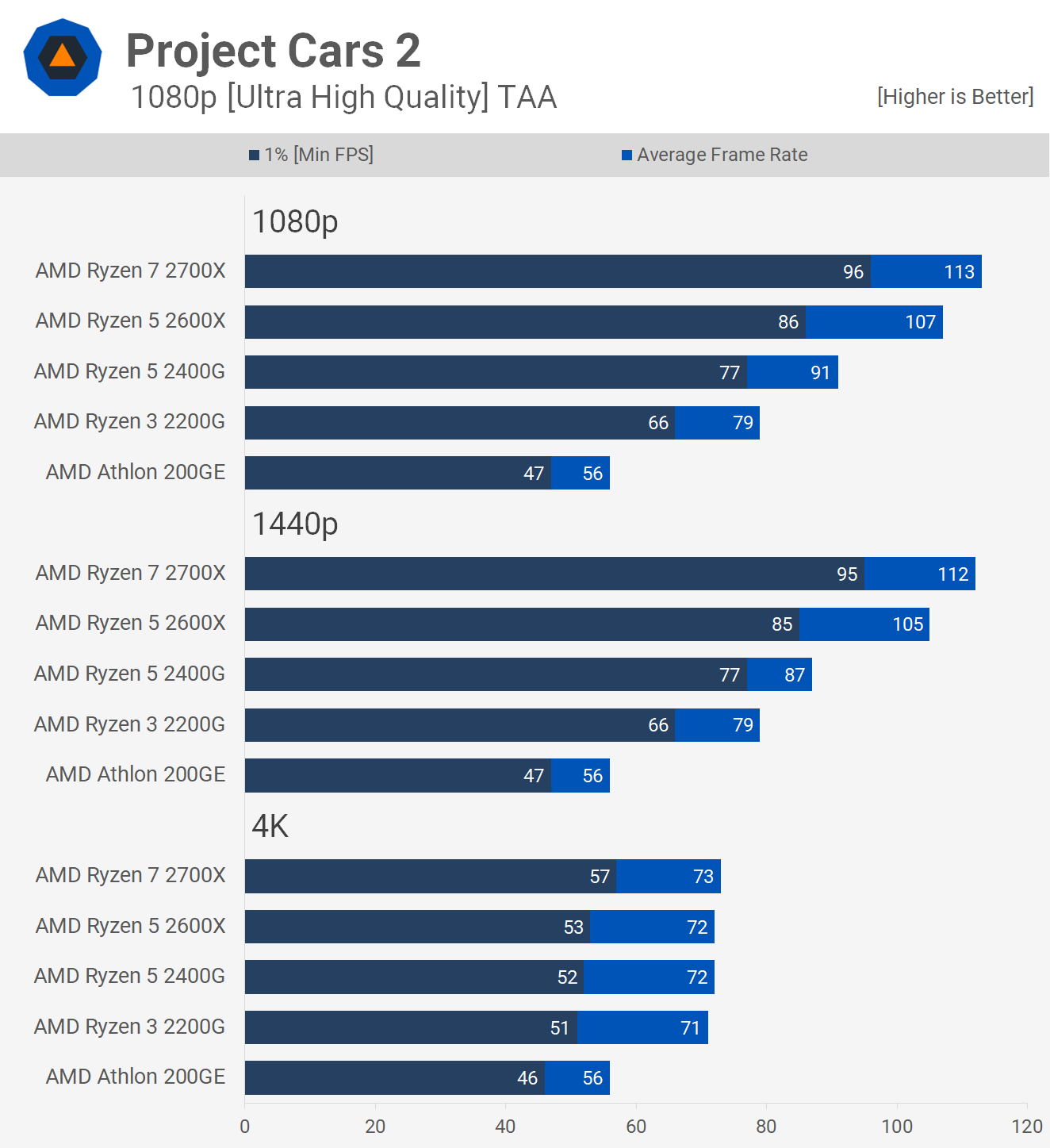
Testing with Project Cars 2 shows consistent performance gains as we increase the core count. The quad-core R3 2200G still enabled playable performance at 1080p, never dipping below 60 fps, but for a high-end GPU it's clearly creating a bottleneck.
We see basically the same scaling at 1440p and it's not until we hit 4K that the RTX 2080 Ti becomes the limiting component for most of these configurations. At 4K only the dual-core Athlon 200GE cannot keep up.
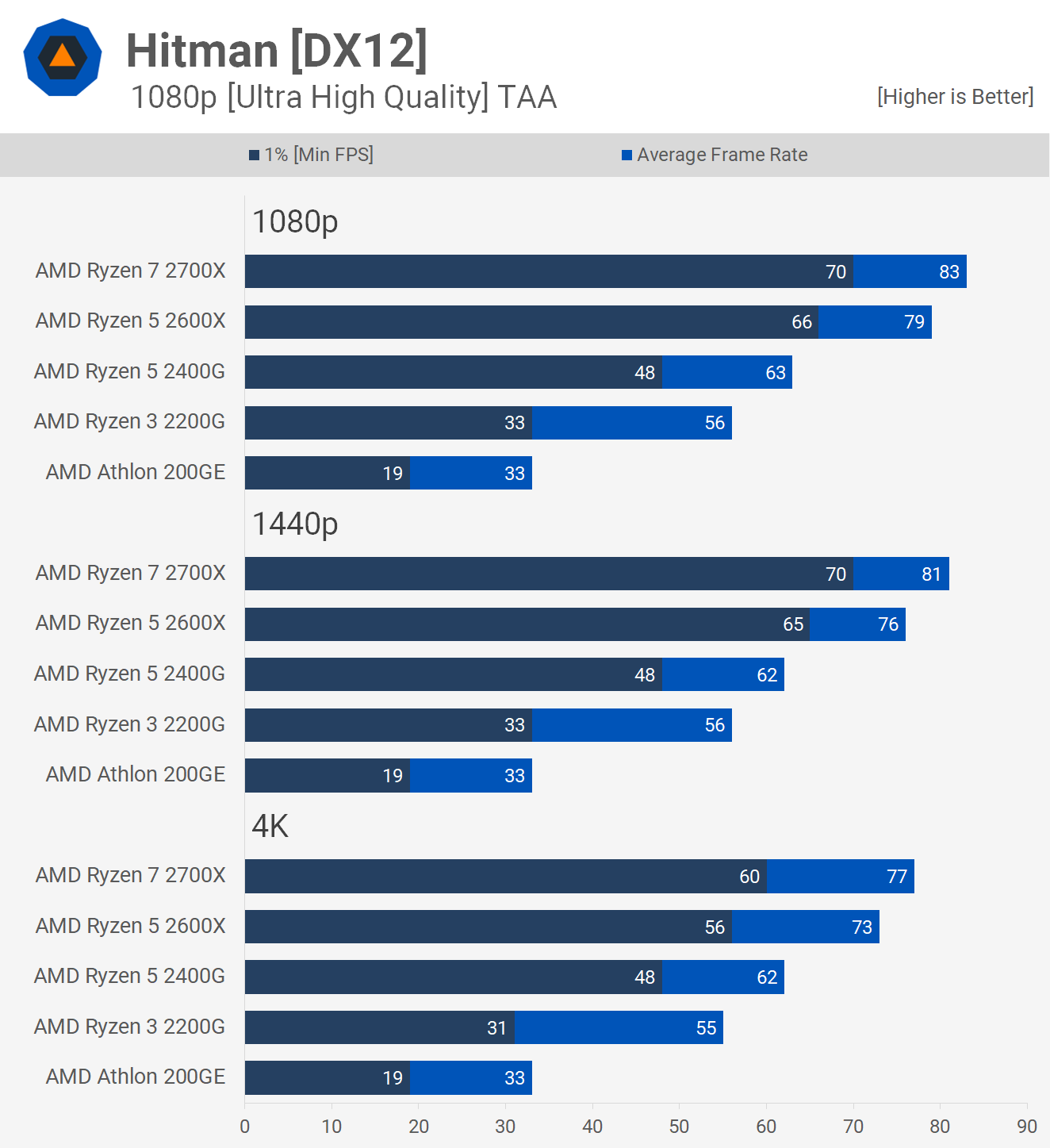
For testing with Hitman we used DX12 and selected an NPC-heavy scene. This crushed dual-cores to the point where it was unplayable, effectively killing it in this title. Then we have the quad-core 2200G and it's right on the edge with a 1% low of 33%. However, we do see a 70% variance between the 1% low and average frame rate with the 2200G, whereas the 2400G which supports SMT only saw a 31% variance. What this means is the 2200G wasn't as smooth and that was indeed the case.
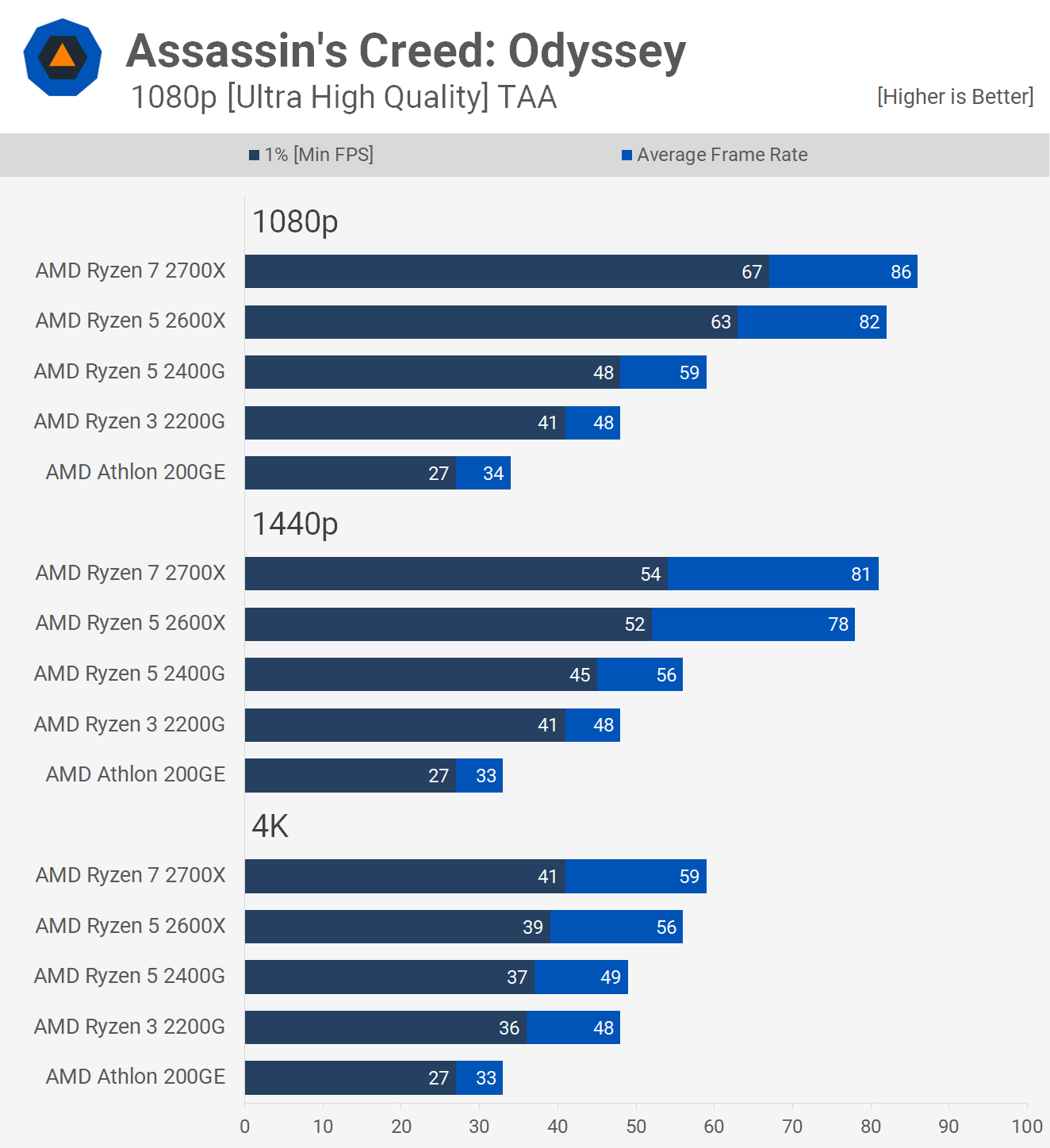
Assassin's Creed Odyssey is another CPU demanding title and here the dual-core Athlon 200GE struggles to provide playable performance. The 2200G while not ideal did provide playable performance and we found at the 4K resolution that it was comparable to the 4-core/8-thread 2400G, making it slightly slower than the R5 2600.
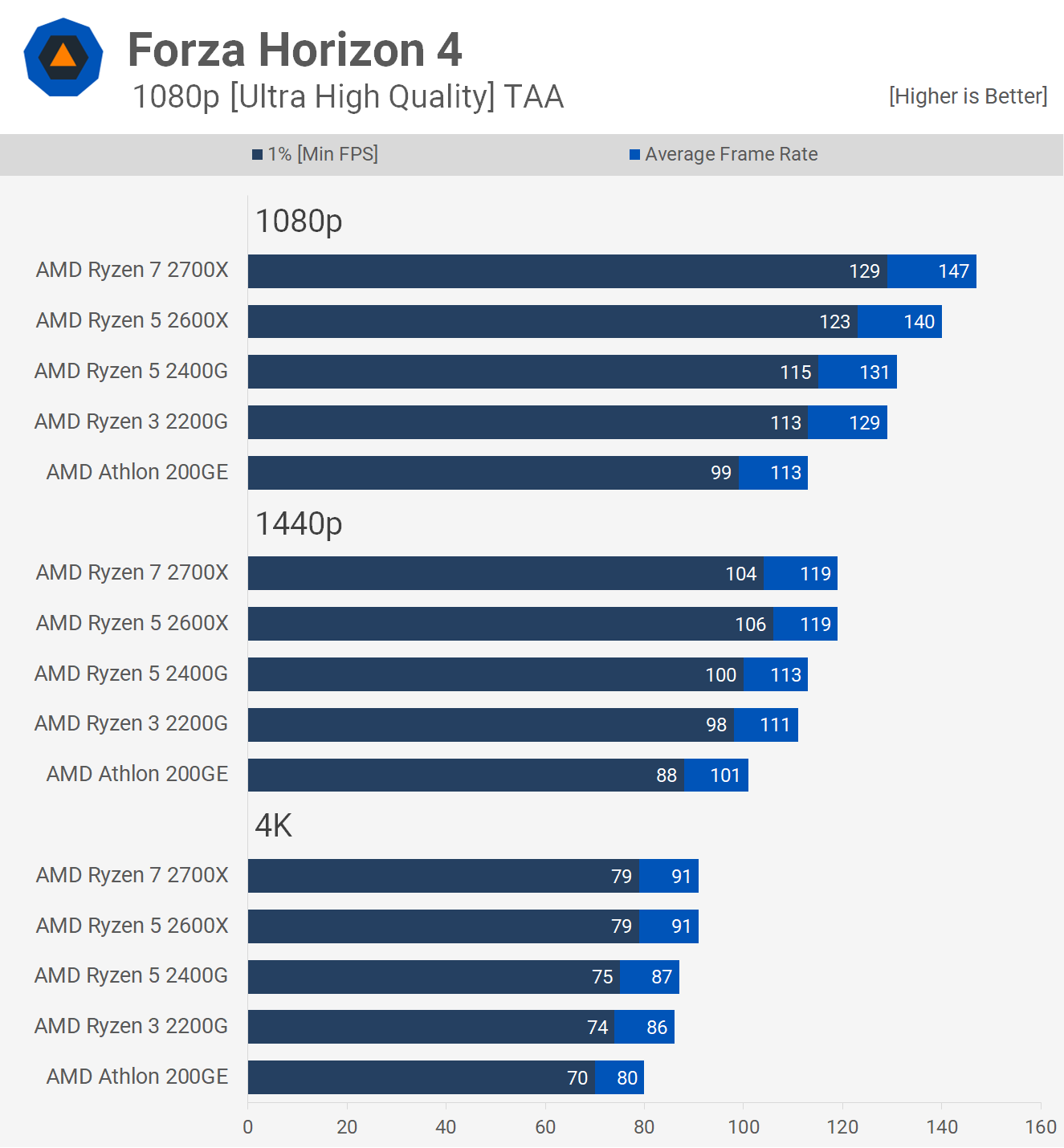
We've deliberately included Forza Horizon 4 because like many other games, it's not very CPU demanding. This title plays perfectly fine on a modest dual-core and we see that here.
Truth is, the vast majority of games are not very CPU demanding, especially the popular Esports titles. However it's extremely demanding when you run into CPU-bound scenarios, which is why gamers talk about CPU performance so much.
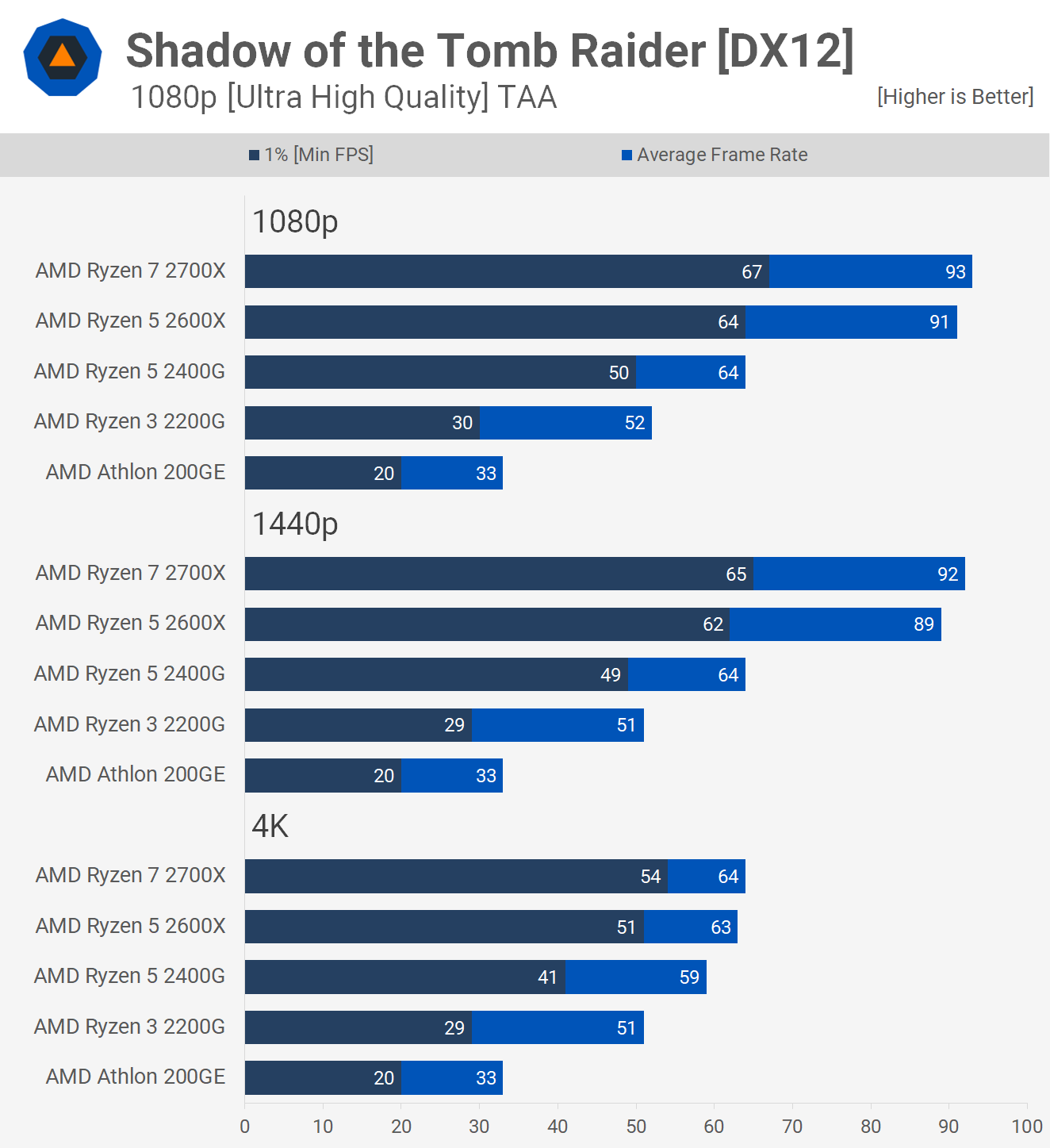
A very demanding newer title is Shadow of the Tomb Raider. Here we find the quad-core 2200G right on the edge and again the disparity between the 1% low and average frame rate is much greater than what we see with the 2400G. Even at 4K resolution the 2200G is massively limiting performance of the RTX 2080 Ti and that suggests that this CPU will limit performance of much lower end GPUs as well, so let's explore that...

Adding the RTX 2060 and GTX 1060 6GB to the mix, please note while all GPUs are tested at different resolutions: the 2080 Ti was tested at 4K, the RTX 2060 at 1440p and the 1060 6GB at 1080p. What's interesting to note here is that the Athlon 200GE and Ryzen 3 2200G limited frame rates across the board.
This is why we test CPUs with high-end GPUs to remove the GPU as a potential bottleneck, because while you might say pairing the 2200G with the 2080 Ti is unrealistic, it better informs you of the CPUs limits and chances are with a lower-end GPU you'll still find those limits with appropriately adjusted quality settings. What we see here is that across the board the Athlon 200GE and Ryzen 3 2200G are limiting performance and the same is also true of the 2400G.
For an additional test we took the GeForce GTX 1660 Ti and benchmarked it at 1440p using the lowest, medium and highest quality presets, only in the highly demanding Shadow of the Tomb Raider. The point of this test is to further illustrate just how difficult it is to cover this topic, even with multiple hardware configurations.
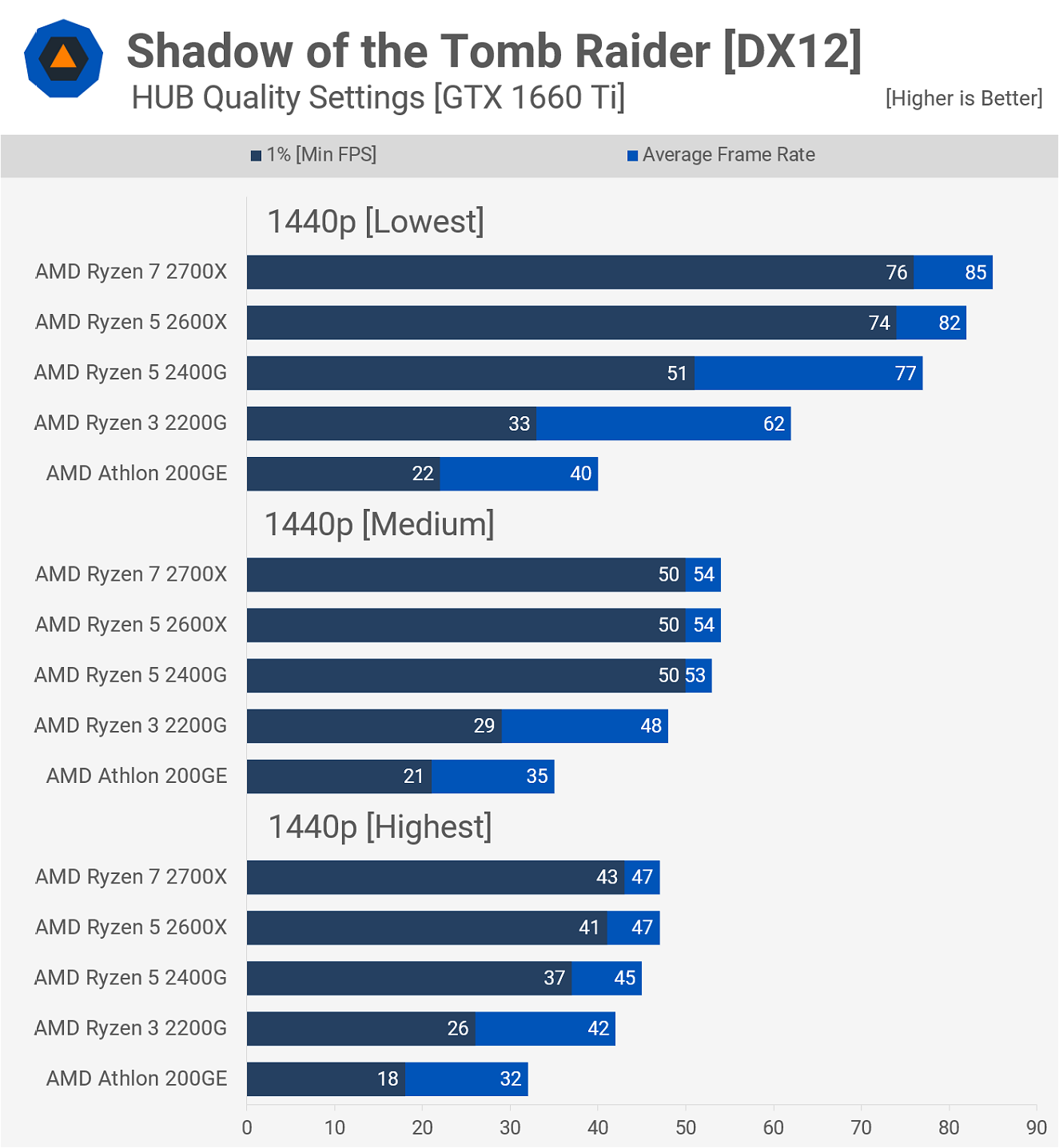
Using the highest quality preset the margin between the 2700X, 2600X and 2400G is reasonably small. The 2200G does well for the average frame rate but as we've seen numerous times lags behind for the 1% low. This is, of course, seen again with the medium quality preset and is then exaggerated with the lowest quality preset.
Even though we can increase the average frame rate performance of the GTX 1660 Ti by 48% with the 2200G by going from highest to lowest quality preset, the 1% low performance which is heavily CPU limited, is improved by just 27%. In the case of the 2600X and 2700X we do see consistent scaling for both the 1% low and average frame rates, as we're not CPU bound for those configurations.
Wrap Up
So are quad-core CPUs dead in 2019? It sounds like a simple question, but we don't want to oversimplify. We can all agree that high-end or even mid-range quad-core CPUs, even those with SMT support are dead, if not for the fact that neither AMD nor Intel has produced or sold them for over a year now, but because they can limit performance in a number of modern titles as we've just seen.
Intel's current mid-range offerings are 6-core/6-threaded parts, while AMD's pack 6-cores with 12-threads. This means 2017's $240 i5-7600K is a thing of the past and we think for today's market $100 quad-cores are perfectly fine. For those gaming with an RX 560, 570, GTX 1050 up to a 3GB 1060, a cheap quad-core will get you by.
We suggest if at all possible, aim for the $165 Ryzen 5 2600. But we can also understand that spending that extra cash isn't an option for everyone. Generally speaking, those buying $300+ graphics cards aren't looking at pairing them with a $100 CPU, or at least that's not the norm.
Getting back to the Core i5-7600K for a moment, we realize the quad-core performance in this article doesn't come close to reflecting what Intel's 7th-gen quad-core Kaby Lake part can deliver. We've seen in the past that the 7600K lays waste to the 2200G, but it also costs twice as much, so no surprises there. Even then, there are titles such as Battlefield V where the 7600K is starting to struggle. Though a heavy overclock and some decent memory should still be enough to get you out of any real trouble for now.
Not all quad-cores are created equally, some can be overclocked to ~5 GHz, offer high IPC and low-latency. Others come at much more modest clock speeds, perhaps don't support the same memory bandwidths, latency and so on.
As for the games and quality settings, if by chance you're mostly playing non-CPU intensive titles such as Forza Horizon 4, Ghost Recon Wildlands, DiRT 4, Fortnite, For Honor, World of Tanks – also probably Metro Exodus, Dirt Rally 2.0 and Apex Legends by the look of our early testing – a modern quad-core with a mid-range GPU will work just fine.
However, if you're playing games such as Battlefield multiplayer, Hitman, Assassin's Creed or Shadow of the Tomb Raider, a mid to low-end quad-core CPU such as the Ryzen 3 2200G is going to struggle or perform at levels that are little less than desirable.
Bottom line, quad-cores are perfectly fine as entry-level parts and thankfully today that's all they're being sold as. At the mid-range and beyond you could argue they are already 'dead' and ideally you'll want a 6-core/12-thread CPU as a minimum, possibly for the next few years.
Shopping Shortcuts:
- AMD Ryzen 5 2600 on Amazon, Newegg
- AMD Ryzen 5 2600X on Amazon, Newegg
- AMD Ryzen 3 2200G on Amazon, Newegg
- AMD Ryzen 5 2700X on Amazon, Newegg
- Intel Core i5-8400 on Amazon, Newegg
- Intel B360 motherboards on Amazon
- Intel Z370 motherboards on Amazon, Newegg
- AMD B450 motherboards on Amazon, Newegg
- AMD X470 motherboards on Amazon
